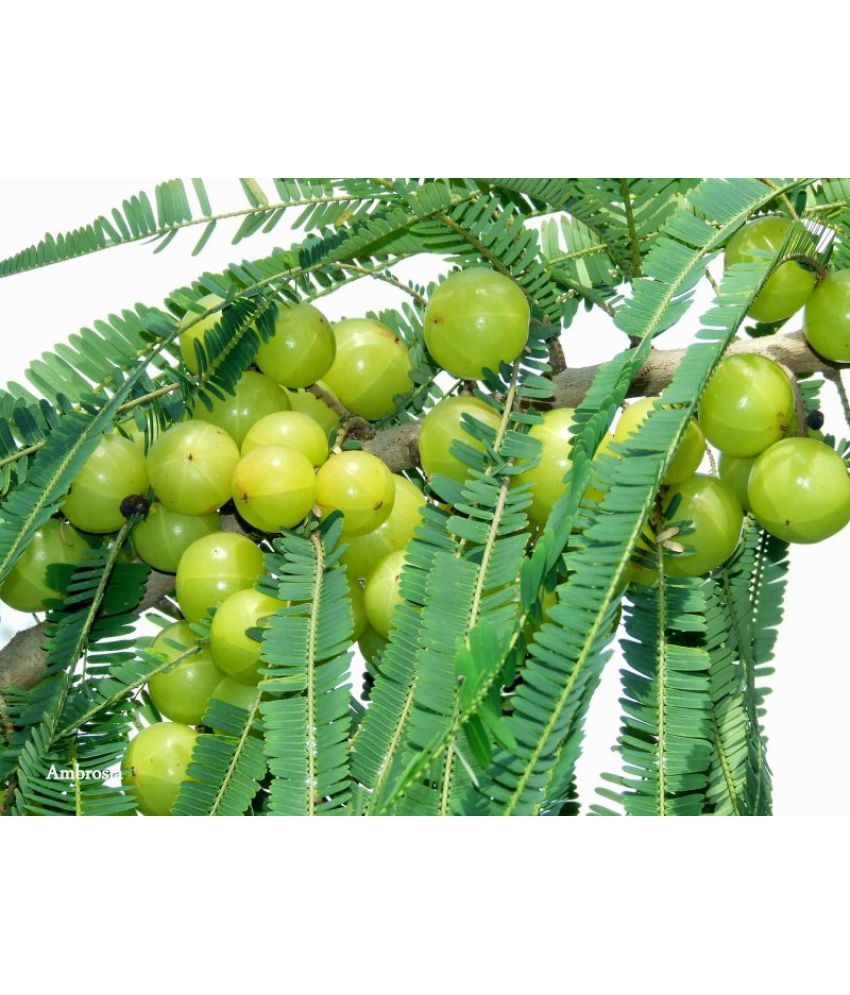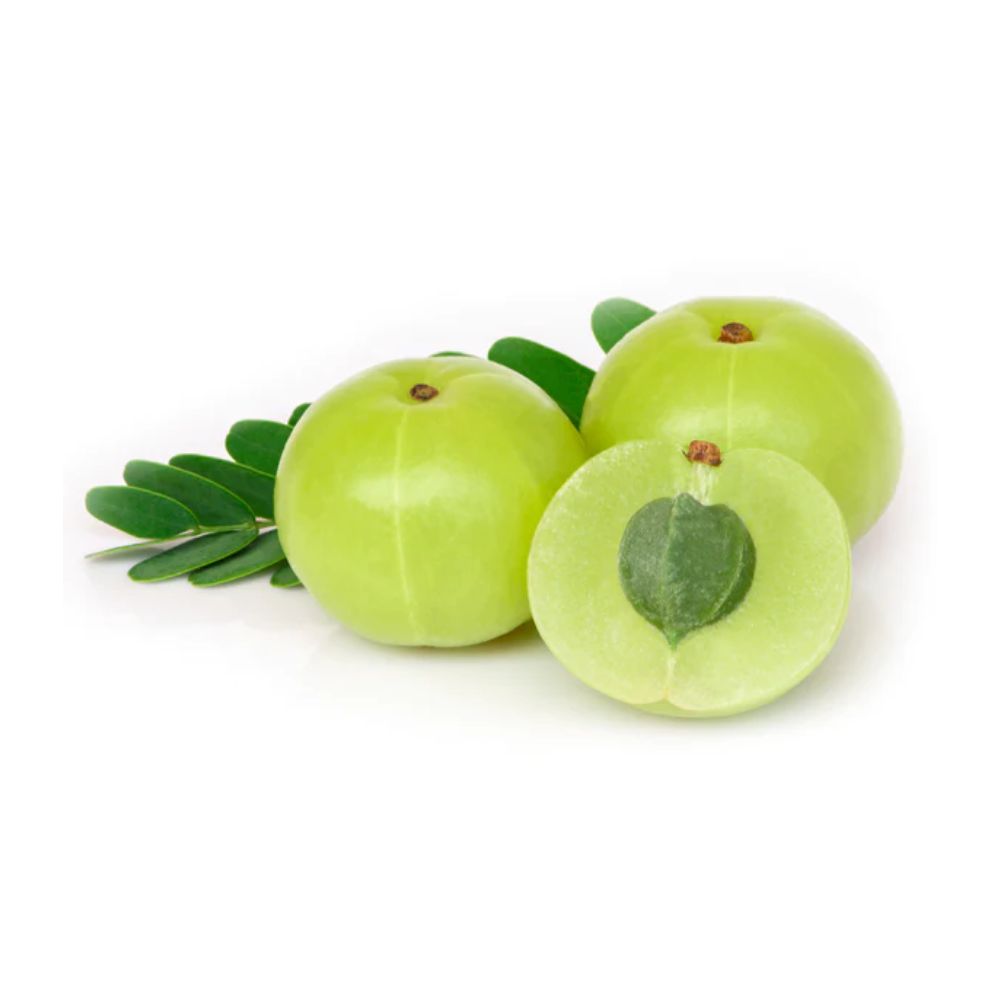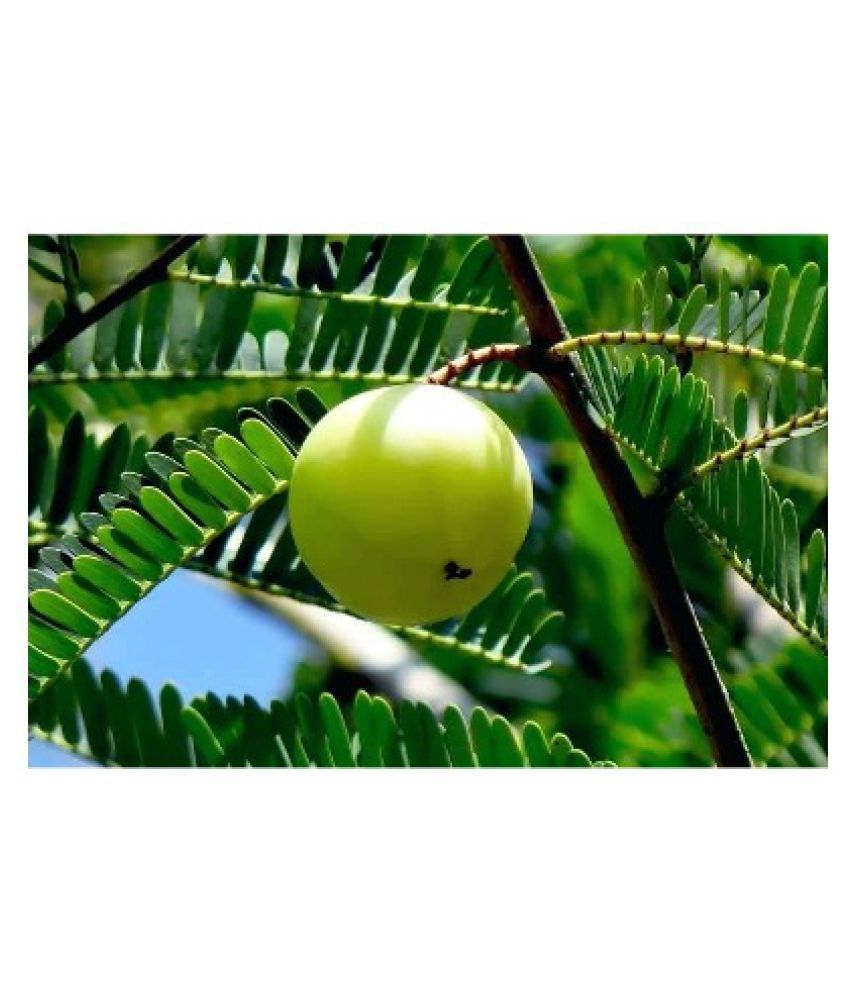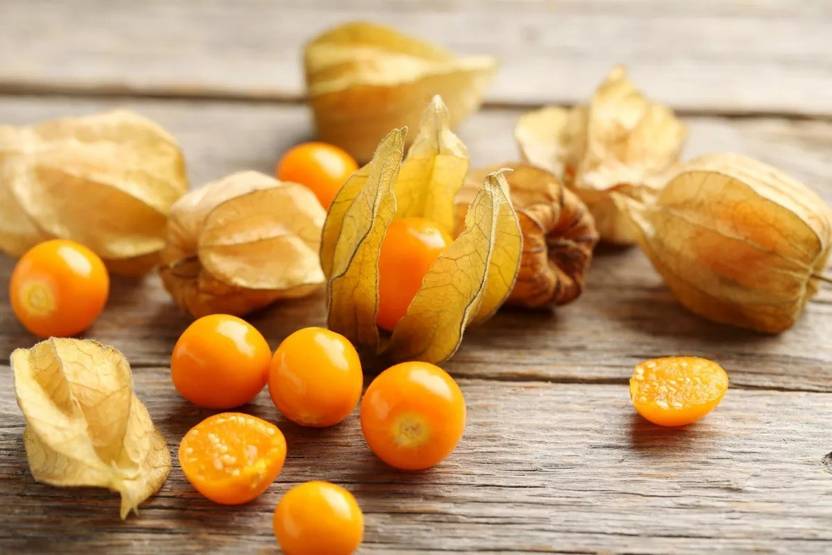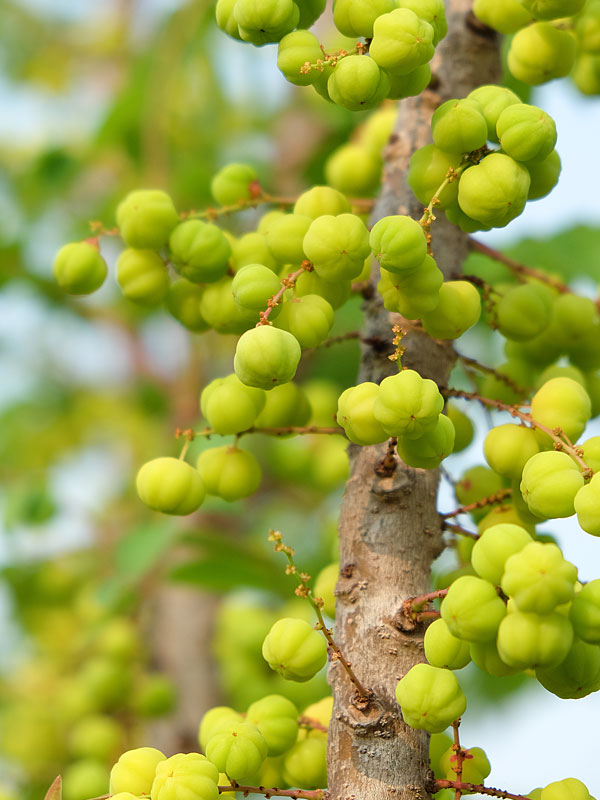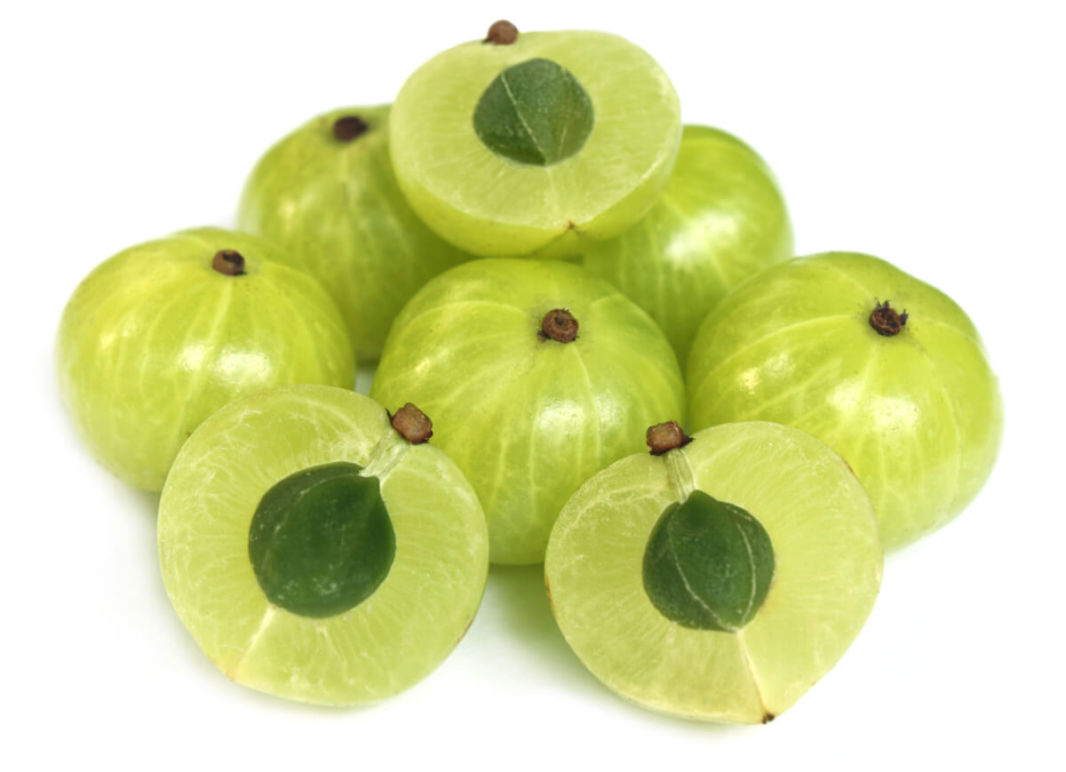Where Can I Buy Indian Gooseberry

The tangy, nutrient-rich Indian gooseberry, also known as amla, is experiencing a surge in popularity as a superfood. Finding it, however, can be a challenge. While readily available in India, sourcing fresh or processed amla in other parts of the world requires strategic navigation of the market.
This article delves into the various avenues through which consumers can procure Indian gooseberry. It will explore online retailers, specialty stores, farmers' markets, and ethnic grocery stores. The goal is to provide a comprehensive guide to locating this sought-after fruit, considering factors like availability, quality, and cost.
Online Retailers: A Global Marketplace
The internet has undoubtedly broadened access to niche products like Indian gooseberry. Amazon and eBay are prime examples, hosting numerous vendors who ship amla products internationally. These platforms offer a wide variety, from fresh fruit (when in season) to dried berries, powders, juices, and supplements.
However, exercise caution when purchasing from online marketplaces. Always check vendor ratings and read customer reviews before committing to a purchase. Consider factors like shipping costs and delivery times, particularly when dealing with fresh produce which is more susceptible to spoilage during transit.
Reputable online retailers specializing in Ayurvedic herbs and supplements also represent a solid option. Websites like Banyan Botanicals and Mountain Rose Herbs often stock high-quality amla powder and other formulations. These retailers typically prioritize sourcing and quality control, offering greater assurance to consumers.
Specialty Stores: Focusing on Quality
Health food stores and specialty grocers are another potential source for Indian gooseberry. These establishments often cater to a health-conscious clientele and prioritize natural and organic products. While fresh amla may not always be available, you're likely to find dried berries, powders, and juice extracts.
Stores like Whole Foods Market and Trader Joe's, depending on location and season, might carry amla products. It's advisable to call ahead to inquire about current stock. These stores tend to prioritize quality and ethical sourcing, which can be a significant draw for discerning customers.
Ayurvedic clinics and pharmacies are another option worth exploring. They often stock a range of authentic amla formulations, including capsules, tablets, and tonics. Consulting with an Ayurvedic practitioner can also provide valuable guidance on the appropriate form and dosage of amla for individual needs.
Farmers' Markets: Seasonal Freshness
While less common, some farmers' markets may occasionally feature Indian gooseberry, particularly in regions with significant South Asian communities. Farmers who specialize in exotic fruits or have connections to South Asian growers might offer fresh amla during its peak season, which typically falls between October and February.
Visiting farmers' markets allows you to directly interact with the growers and learn more about the origin and cultivation of the fruit. This can provide greater confidence in the quality and freshness of the product. However, availability is highly dependent on location and seasonality.
It's worth noting that purchasing fresh amla requires understanding its proper storage. Indian gooseberries are best stored in a cool, dry place, and they can be refrigerated for extended shelf life. They can also be frozen for longer-term preservation.
Ethnic Grocery Stores: A Cultural Connection
Indian grocery stores are perhaps the most reliable source for finding Indian gooseberry, especially outside of India. These stores cater to the South Asian diaspora and typically stock a wide range of Indian produce, spices, and packaged foods. Fresh amla is often available during the season, along with various processed products.
Visiting local Indian grocery stores offers a unique opportunity to explore the broader range of culinary uses of amla. You might discover traditional Indian recipes, pickles, and preserves that incorporate the fruit. Furthermore, these stores often offer competitive prices compared to larger retailers.
Beyond Indian grocery stores, keep an eye out for Asian supermarkets or specialty stores that cater to diverse ethnic communities. Amla might be stocked under a different name or as part of a broader selection of Asian fruits and vegetables. Exploring these stores can uncover hidden gems and expand your culinary horizons.
Navigating Availability and Quality
Regardless of the source, it's crucial to assess the quality of the Indian gooseberry before making a purchase. Look for fresh fruits that are firm, unblemished, and have a vibrant green color. Dried amla should be free from mold or discoloration.
For amla powder, opt for products that are organically certified and free from additives or fillers. Check the ingredient list carefully to ensure that you are getting pure amla powder. Read reviews and research the brand to assess its reputation and quality control practices.
Price is another important consideration. Indian gooseberry can be relatively expensive compared to other fruits, especially when imported. Compare prices across different sources to ensure that you are getting a fair deal. Consider buying in bulk to save money if you plan to use amla frequently.
Looking Ahead: Expanding Access
The growing interest in Indian gooseberry suggests that its availability will likely increase in the coming years. As more consumers discover its health benefits and culinary versatility, demand will drive greater distribution and cultivation efforts. This could lead to wider availability in mainstream grocery stores and farmers' markets.
Increased awareness campaigns about the benefits of amla could also help to further popularize the fruit. By educating consumers about its nutritional value and traditional uses, we can encourage greater demand and make it more accessible to a wider audience.
Ultimately, finding Indian gooseberry requires a proactive approach and a willingness to explore different options. By leveraging online resources, specialty stores, farmers' markets, and ethnic grocery stores, consumers can increase their chances of sourcing this valuable and increasingly popular fruit.



